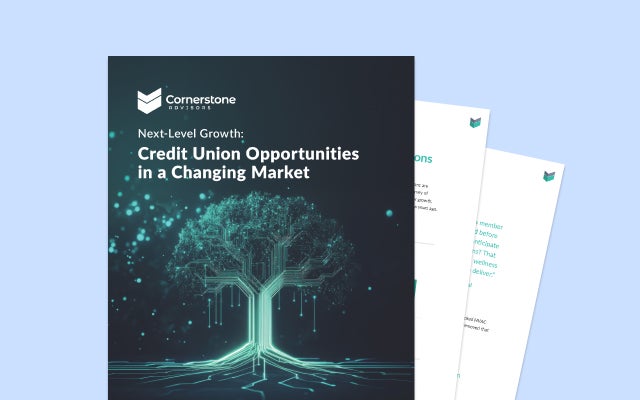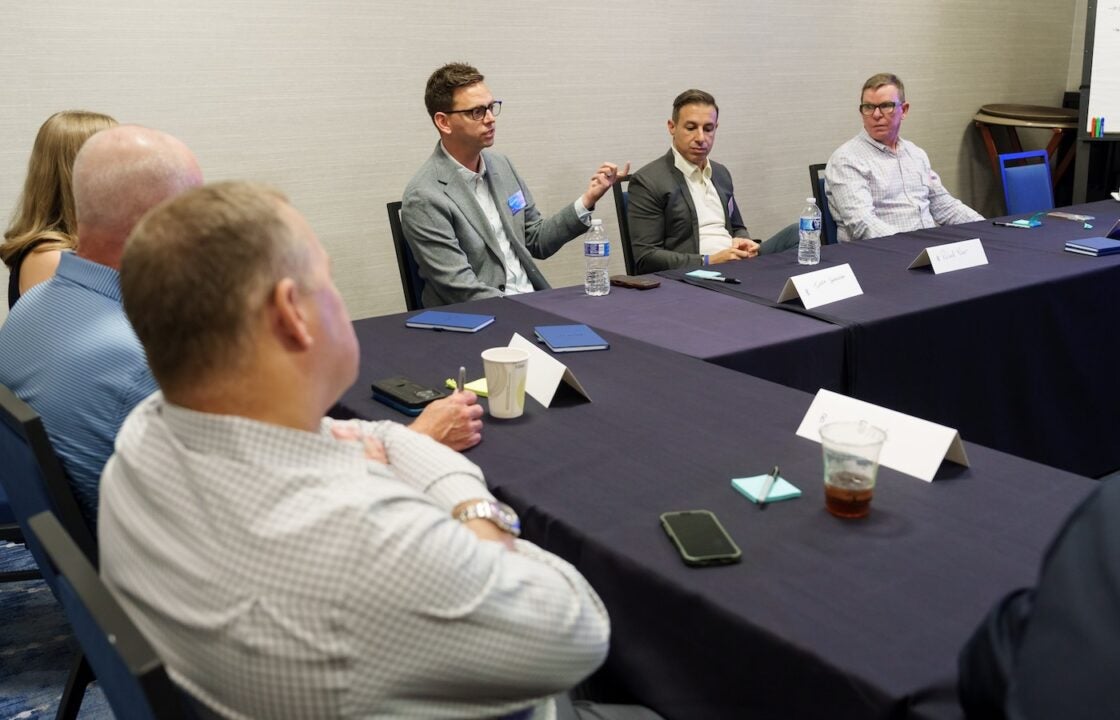May 24, 2022 in Challenges and solutions
How personalization impacts each step of the customer journey
Consumers reward banks for relevant, proactive, and seamless experiences every step of the way.

Shifts in industries from retail to tech have influenced consumer expectations for personalized experiences tailored to their unique needs on every channel, at every step of the customer journey. As a result, consumers expect the same level of personalization from their financial institution at every stage of the funnel. Blend commissioned Forrester Consulting to look at the impact personalization had across the customer journey for financial institutions.
The Forrester study, “How banks can unlock quick wins and lasting benefits through smart personalization” found that consumers want personalization across the entire customer lifecycle. We’ve broken down the major phases of the lifecycle and how personalization can make an impact.
Discover: How do consumers find out about your products and services?
The Forrester study found that 62% of consumers prefer to do their own research on banking products. To effectively capture these consumers’ business, Forrester recommends having a personalized communication strategy across all channels, so that no matter how they find you, they understand what you have to offer them.
Explore: How do consumers choose between various products?
Once consumers discover you, the next challenge is how they’re able to explore the options you can offer them. The way in which these offers are presented can have a huge impact on customer acquisition. In the research study, Forrester found that 65% of consumers felt financial institutions should make it easier to find and shop for financial products.
The study also found that 72% of consumers see offers tailored to their personal needs as more valuable. Personalized offers and value to the consumer are closely linked, and personalizing offers is a signal to consumers that your team cares about their business.
Buy: How do consumers go about actually contracting your services?
Once relevant products have been surfaced, the question becomes how to make it as easy as possible for consumers to convert. Consumers want a simple and easy application process. And many expect financial institutions to leverage the information they already have to make it easier. The research study found that 58% of consumers wish providers would auto-fill information they already have to streamline the process.
Use: How do new customers make use of the product once they have it?
Once your new customers are bought in and using your products and services, the personalization work isn’t over. They still expect the same level of bespoke communication. 52% of consumers surveyed rely on their financial institution to alert them to important changes or issues with their financial health. Services like these leverage data that you already have to provide additional value to the consumer, and in so doing, strengthen the relationship.
Ask: How do customers connect when they need something?
As customers use your products and services, new questions and needs will inevitably arise. Maybe the customer wonders if they can refinance a loan or how much they can get pre-approved for a mortgage. In fact, 50% wish their financial institution was more proactive about providing relevant financial information and advice. Leveraging what you know about your customers to meet their needs can be a powerful way to extend your relationship with them.
Engage: How do customers interact with your brand?
It’s clear that many consumers will move to another bank if given a relevant enough offer, and to continue to capture the same business, financial institutions will need to meet the increasing expectations of consumers. But there’s another side to the story: consumers prefer convenience. More than half of consumers would prefer to work with a single institution for all of their banking needs. If a single entity can provide a personalized journey for each customer that meets those needs, many will opt to keep things simple.
The data from Forrester’s research points to a clear reality: in order to meet consumer expectations, financial institutions should be aiming to deliver personalization across the entire customer lifecycle. Those that don’t risk getting outpaced by the competition. The ability to meet these expectations, borne from experiences with other industries and made possible by technology, will separate the financial institutions with mature personalization from those that lack it. By personalizing experiences holistically across the entire lifecycle, however, mature providers can realize the benefits of meeting consumers where they are.

What separates a highly mature personalization program from the rest?
Find out what we're up to!
Subscribe to get Blend news, customer stories, events, and industry insights.


